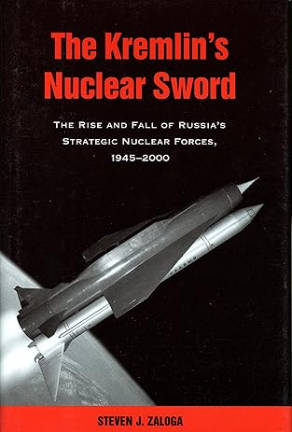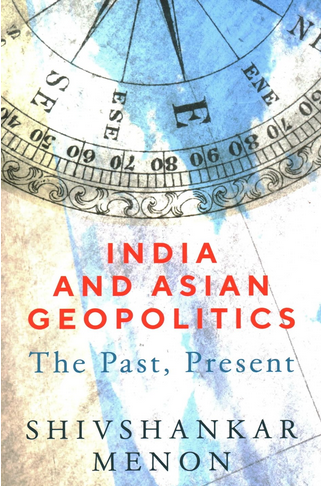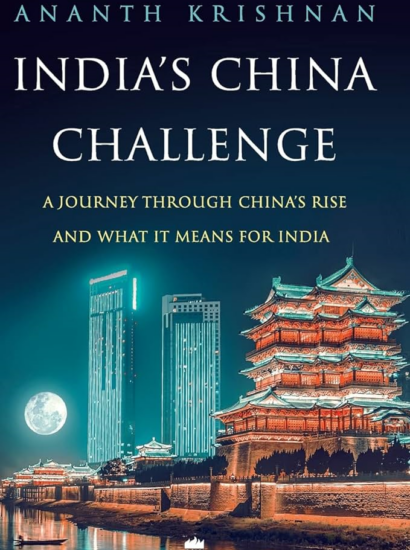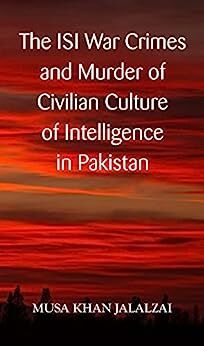The Rise and Fall of Russia’s Strategic Nuclear Forces 1945–2000
Steven Zaloga, (New York, 2005). pp. 304.

amazon.com
Anyone familiar with the work of Steven Zaloga will know that one of Zaloga’s strong points is his command of technical details; 2005’s The Kremlin’s Nuclear Shield is no exception. This work narrates the development and deployment of the Soviet nuclear force from Stalin’s initiation of the Soviet atomic weapons project through to its post-Cold War decline as the Russian federation suffered economic calamity.
At 304 pages, including a vast bibliography and appendices, it is comprehensive. This becomes apparent when reading how the Zaloga masterfully covers a wide range of topics on any single page. The book is well illustrated, featuring an extensive catalogue of images detailing the weapons systems as they were and, in some cases, as they existed at the time of writing. A minor critique here is that it would have served the book to use colour photographs were possible.
Whilst the work is of a technical bent, Zaloga expends considerable energy discussing a wide array of topics, ranging from a cast of overlooked Soviet scientists to the political intrigue and Cold War paranoia that led to the development and deployment of the numerous systems.
This attempt to cover as many angles as possible is a double-edged sword. Firstly, considering no weapon system exists in a vacuum, it is essential to emphasise the context of its development; this helps the reader understand the strategic context into which the weapon is brought.
Zaloga does an admirable job of this, given the limits of this small book. However, because we are introduced to a cast of competing characters with egos and desires, which are explored through the lens of weapons development, it sometimes feels that Zaloga has opted to prefer discussion of the development of the weapons programmes as a technical feat over its development as a human feat. This leads to a sense that we are missing a much more intriguing (and as historians) and more interesting human story.
Considering the book was published in 2005 when there was limited access to Soviet and Russian archives long before the war in Ukraine, we must consider ourselves lucky to have had the opportunity to have this work completed, as it is unlikely that this would not be accomplished today. Additionally, 15 years after the work was published, it is reasonable to suggest it would be nice to have a post-script detailing the rebirth of Russian nuclear forces under Putin.
Interestingly a resurgence of the Russian Nuclear Force is not something that is foreseen in the final chapter, where it is proposed that Russian nuclear forces will continue to decline due to economic stress.
In summary, as is acknowledged in the blurb, this is an excellent starting point for the further investigation of Soviet and Russian weapons development. However, it must be borne in mind that the work is platform-centric and not people-centric.
Dermot Nolan has spent 12 years in the Army Reserve in Ireland, where he served in the Artillery Corps. He holds a master’s degree in Military History and Strategic Studies from the National University of Ireland at Maynooth. In addition, he has a master’s degree in International Relations and International Security from the Rijksuniversiteit Groningen in the Netherlands. His fundamental interests are modern land- and air-power and nuclear deterrence. His work has been published in European Security and by Finabel-The European Army Interoperability Centre. He currently lives in France, where he is working on mastering the language.





